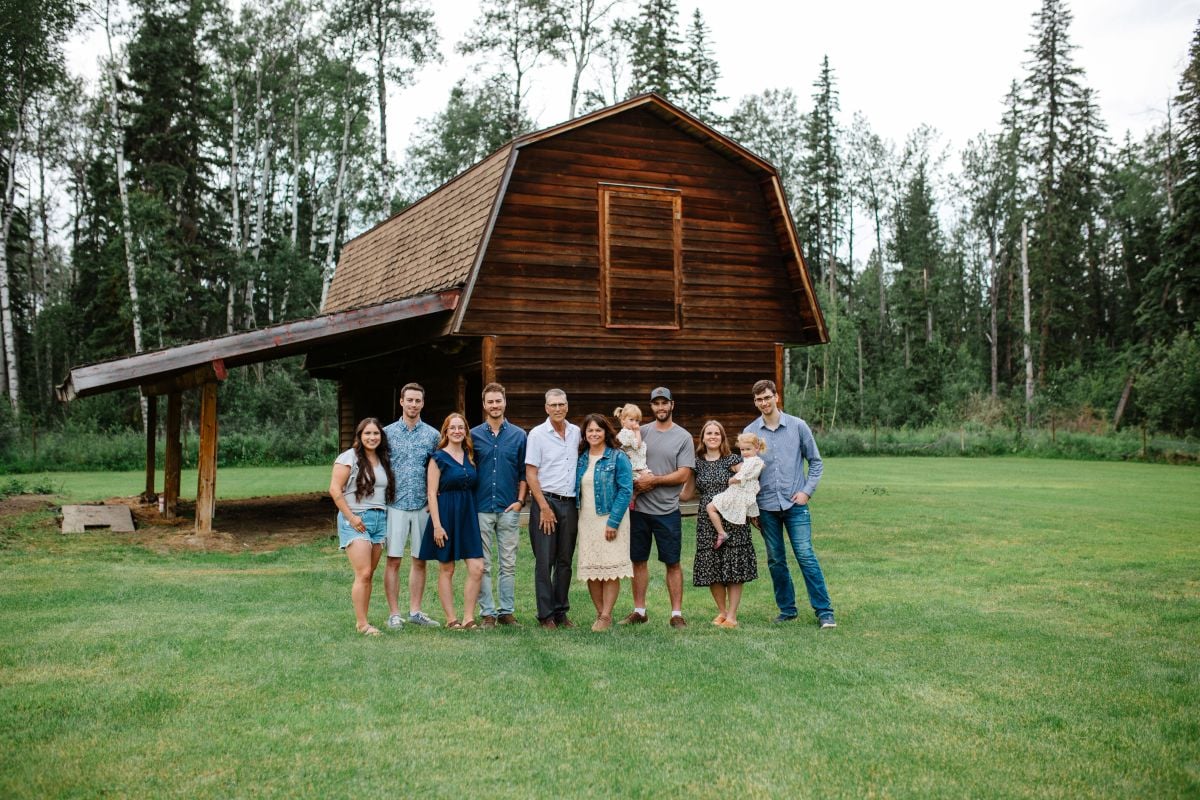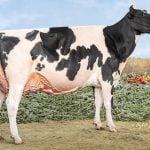It’s the shiny blue oval on the grille that’s the real horsepower behind many farm half-tons, just like it’s the green, yellow or red paint that’s the true heart of their tractors and combines.
Farmers are fierce brand loyalists. They know it. They glory in it. When farmers find a product they trust, they stick with it, sing its praises — and more than occasionally give the neighbour a hard time for not seeing the light and making the same choice.
Read Also

The farm transition trial
For anyone affected by cancer, they have likely heard the adage that “a person doesn’t get cancer, the family does.”…
But Ross Harvey warns anyone against thinking that farmers only go skin deep when they make key purchases.
Harvey is one of North America’s best-qualified specialists at marketing to farmers. During a long and successful career, he has filled high-profile roles such as heading up Monsanto’s international advertising, and he was also instrumental in founding AdFarm, which has gone on to become one of the largest agricultural marketing agencies on the continent.
“Farmers are very sophisticated buyers, especially when it comes to the larger-ticket items like trucks, tractors — and I would argue crop protection products — that determine their success or failure,” Harvey says.
Harvey was responding to a COUNTRY GUIDE query about an emerging trend in Canada’s crop protection market. So-called “generic” crop protection manufacturers are looking to evolve into way more than just low-cost distributors of out-of-date chemicals.
These companies — NuFarm, MANA Canada and UAP to name three of the top players — are spending huge bucks to take on the big-name chemical giants. Fired up by regulatory changes that are making it easier and faster to get generics and lookalikes on the market (see sidebar), they’re aiming to boost sales, service, product availability and a whole host of other farm decision points to elevate themselves above “just another supplier” status.
“There’s a big shift coming,” promises Dale
Kushner, commercial business manager for MANA Canada, based in Calgary.
MANA Canada is the Canadian wing of Makhteshim Agan, an Israeli company that’s generating $2 billion a year in sales. It’s the fifth-leading company on the Tel Aviv stock exchange, and as the largest producer of off-patent crop protection products in the world, it has a strategy and the resources to give it serious market clout.
“The basic manufacturers have done a great job tying up customers,” Kushner says, then levels his brows to show his determination. “Even so, we’re going to triple our Canadian sales by 2011.”
To do that, MANA and other generics must win over customers. That means winning over farmers, which in turn means they must prove they can deliver steak, not just sizzle.
Can they do it?
Bright-yellow boxes
You don’t have to look any further than the Canadian grocery sector to see how generic products can be moved upscale.
About 30 years ago grocery giant Loblaws — operators of the Real Canadian Superstores among other brands — was faced with a challenging market. A nasty recession was brewing, consumers were cutting back and the company decided it needed a brainwave to get a larger slice of a shrinking pie.
The solution they hit on was to introduce a high-volume, low-margin line of No Name products that were short on marketing and long on value pricing. But a funny thing happened along the way. Then company president Dave Nichol began to see an even more lucrative potential for using house brands to target high-end consumers — and the President’s Choice line of premium-priced products was born.
Sure, shoppers could still buy a yellow and black bag that simply read “Chocolate Chip Cookies” but they could also pony up a few dimes more and get a bag of “President’s Choice Decadent Chocolate Chip Cookies.”















